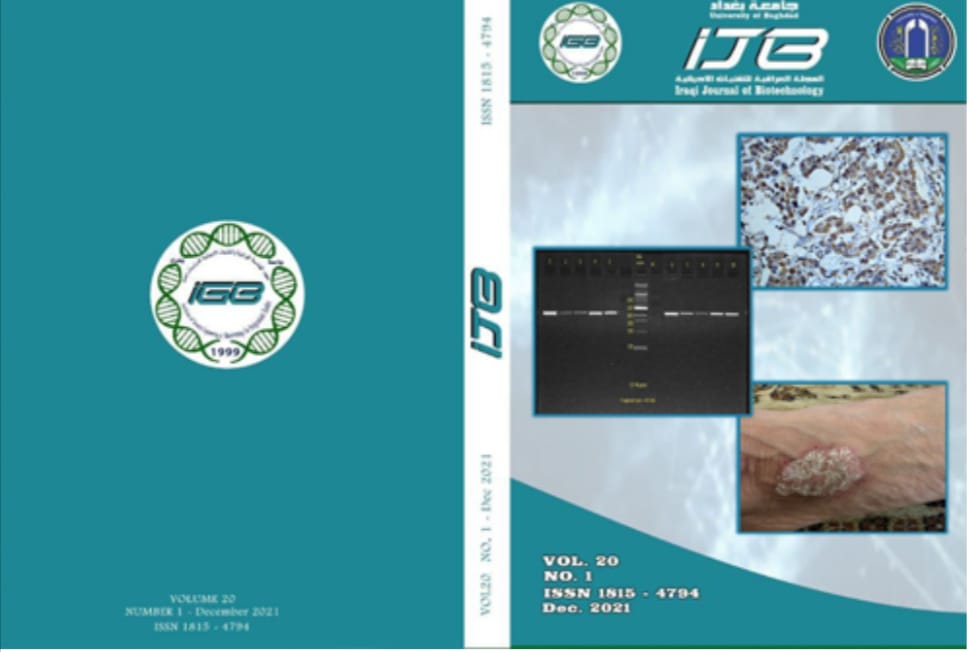Characterization of New Antibiotic Resistant Escherichia coli Isolates from Water Treatment Plants Using 16S rRNA Gene Sequencing
Abstract
The World Health Organization has identified antibiotic resistance among bacteria as one of the most serious dangers to human health. This present study focuses on the isolation and identification of antibiotic-resistant Escherichia coli using 16S rRNA gene sequencing based on molecular techniques from water samples. Between September and December 2023, we collected fifty aseptic water samples from various water treatment plants in Baghdad city. A number of biochemical and molecular tests confirmed the isolation of Escherichia coli from the samples. Isolates has been placed into nutrient broth and cultured them on various agar media, such as MacConkey agar and EMB agar. For biochemical analysis, we used Gram's staining, string techniques, and Vitek. Using the Kirby-Bauer disk diffusion technique, we tested the antibiotic sensitivity of 45 Escherichia coli isolates to fourteen commonly prescribed antibiotics. The data indicates a significant variation in the percentage of antibiotic resistance among E. coli isolates across different regions. In some regions, such as medical cities, the resistance rate was very high for almost all antibiotics. Other regions, like Al-Rustaimiya Station, also exhibit a high resistance rate. We amplified and compared 16S rRNA gene sequences to the NCBI sequence database using primers. A study of the partial 16S rRNA sequence revealed that two new strains, HHWW and HS, were 100% similar to E. coli and had a lot in common with species in the genus Escherichia.


